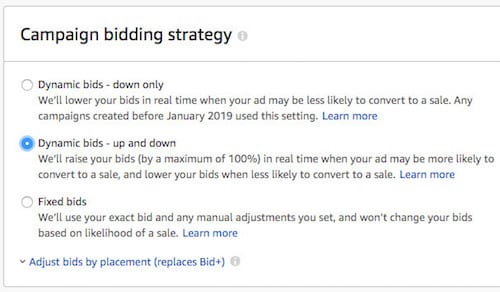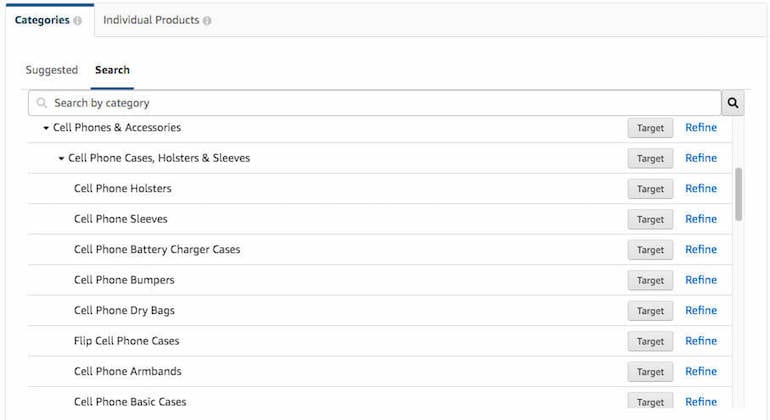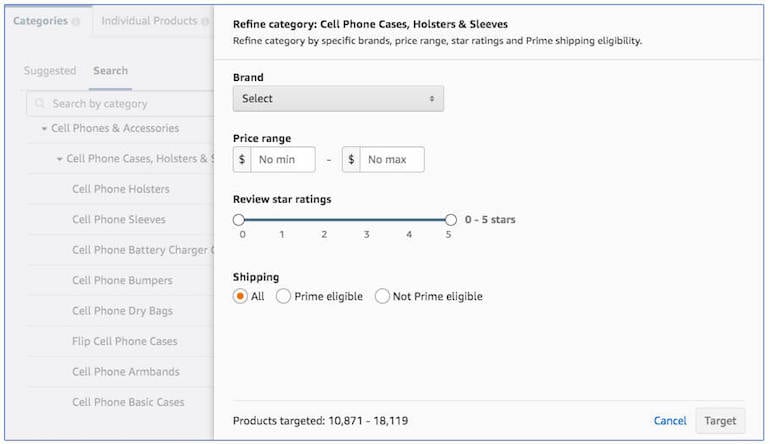With an influx of customers using the platform and a shift in purchasing habits, the Amazon advertising platform has been shaken up. Shipping times have been delayed up to a month or more on non-essential products, customers are prioritizing different verticals than normal, and with all these changes you might have noticed your ACoS beginning to increase above goal. I want to let you know you are not alone. I have written out a guide on lowering ACoS and saving budget in the past and highly recommend you check that out. I am also laying out a few additional tactics here to help further lower your ACoS for your AMS campaigns.
Before we dive in, I want to highlight these recommendations are for accounts reporting increases in ACoS. If you are reporting an improved ACoS and additional revenue, then continue your current strategies to maintain your market share.
Bid Strategy
Starting off, one of the quickest ways to help lower ACoS is updating your bidding strategies. The go-to recommendation has been using “Dynamic Bids – up and down” for campaign advertising. This strategy allows Amazon to increase your bids by up to 100% in real-time for an ad that is more likely to convert. However, with the shift in purchasing patterns the algorithm is effectively relearning who is most likely to convert.
With the patterns changed, I recommend instead using the now-default bidding strategy of “Dynamic Bids – down only”. This strategy will lower your bids when your ad is less likely to make a sale but will not raise your bids. This will keep your Max. CPC steady at the actual maximum you have set. It is a more conservative approach to advertising but if you are advertising non-essential products and reporting increases in ACoS, now is the time to be conservative on the platform.

Product Targeting
A more in-depth tactic you can take is testing a Sponsored Products Product Targeted campaign. This campaign type allows you to target specific products or groups of products within a specific category. These categories can be super-specific. For instance, if you sell cell phone cases you can narrow your targeting down to cell phone holsters or sleeves or even flip phone cases depending on your product.

Once you have picked your category, you can drill down even further with the Refine option next to the category. From here you have a number of options to improve your performance. Including going up against specific brands, setting price ranges for your product to target against, the review star ratings for the products you are advertising against, and if you want to target prime eligible products or not.

My strategy for the Brand is to only sue it if you are a brand leader in your vertical and have specific competitors within the same industry. Otherwise, leave this option alone in favor of your other choices.
For the price range, the recommendation is going to depend on your product. For less costly items, I recommend a $10-20 range between on the upper and lower side of your product pricing. For luxury or higher cost goods, that range can be raised – $25-50 below product price for the minimum range and $100-200 above product price on the maximum.
The star rating option is my personal favorite refinement option. If you have a 4-5 star product, test running on 4-star and below products. Social affirmation is trending, especially on Amazon, so if your product has better reviews then it has an advantage over poorly reviewed competition. Especially when layered with the price ranges to ensure your option is competitive on price and performance.
As for Prime eligibility, I recommend that any accounts not Prime-eligible target “Not Prime-Eligible” products only, if possible. Prime shipping has a massive advantage, especially now with shipping delays for non-essential items. With rising ACoS, it is again important to be conservative and this is a quick way to ensure you are showing up against items where you are most competitive. If you are Prime eligible, then targeting all options is ideal as you are competitive across both shipping options.
Once layered together, you will have a product listing that gives you a competitive edge, helping boost sales at a lower cost further improving the ACoS.
Monitoring Your Store
I wanted to end the recommendations on another quick check-in that can be a quick win. With any Amazon Advertising campaign, if your product is no longer in stock Amazon automatically pauses that item from being promoted. However, if you have a Store set up and a product runs out, Amazon is not going to pause any ads going to your store. This is important to monitor when you are running Sponsored Brand ads and sending users to your Store page. If you are sending users to a Store with items out of stock, then you are wasting budget that could be better allocated to campaigns for in-stock items.
I hope these recommendations can help you improve ACoS as you navigate the Amazon Advertising landscape. Are you using any different tactics or strategies to keep performance in check? Reach out on Twitter and let me know what is working best for you.



